On a clear night, Joe Hernandez-McCloskey will sit outside to admire the moon, thinking about the day he’ll be looking back at Earth from the lunar landscape. For now, he has his feet in the UTSA Laser Spectroscopy and Chemical Propulsion Laboratory.
Hernandez-McCloskey is among a UTSA collective with their sights set on space. Guided by leading faculty, this distant world has become a reality for this next generation of explorers.
Hernandez-McCloskey was applying to graduate school when he met Daniel Pineda, UTSA assistant professor of mechanical engineering, in the California desert. Encouraged by Pineda and his research vision for rocket propulsion, Hernandez-McCloskey enrolled in the UTSA mechanical engineering doctoral program in 2020.
Now the two are working on new research together in the lab. They’re advancing rotating detonation rocket engine technology through additive manufacturing and laser absorption spectroscopy.
“When it comes to conventional rocket technology, we’re reaching the maximum efficiency of that process. We’re pretty much reaching the limits of thermodynamics,” Hernandez-McCloskey says. “If we can get the rotating detonation rocket engine technology working, it’s increased efficiency. We can open up the floor to things beyond multimillion-dollar projects. In terms of sending stuff from the Earth’s surface, this is definitely the next step.”
The approach to launching rockets out of the Earth’s atmosphere is new. It’s also what secured Hernandez-McCloskey’s spot as a 2022 NASA Space Technology Graduate Research Opportunity fellow.
WATCH NOW: UTSA students are advancing rocket engine technology through additive manufacturing.
The UTSA doctoral student uses non-intrusive methods such as lasers to measure the properties of gases in harsh environments, like high-temperature, high-pressure rocket exhaust. His goal is to evaluate the performance of next-generation rocket technologies.
“We are setting the foundation in San Antonio to get our students trained on rocket propulsion. We’re using UTSA resources, working with the metal 3D printer to make hardware, to show we’re capable of making rocket propulsion research happen here,” he says. “We have a really strong base of students here, and I think we’ve got a lot of future space professionals right here among us.”
UTSA alumnus Jahsiah Toby ’20 ’23 discovered a course on rocket propulsion during his senior year of college. The undergraduate course, developed and led by Pineda, made Toby’s ultimate dream of getting people to the Martian surface attainable.
“It gave me insights into designing rocket engines that I needed,” Toby says. “It helped make it real, because all the concepts within the class were things that were one step beyond what we’d already been learning throughout our entire undergraduate curriculum. I love space in general, but that rocket propulsion class was a very deciding factor.”
Today, the UTSA alumnus is putting to practice what he learned as a student in his role at Relativity Space designing rockets.
Relativity Space focuses on revolutionizing the process of rocketry, from design to flight. The company built and launched the world’s first 3D printed rocket, Terran 1, in March 2023. Currently, Toby and others at Relativity Space are working to bring Terran R, a reusable launch vehicle, to market.
Toby built his knowledge in 3D printing at UTSA. He worked on projects as a student in the UTSA Aerospace Engineering graduate program, where he designed, fabricated and analyzed small-scale, additively manufactured rocket engines.
He developed the engines’ components as a graduate student. His experiments included thermal and propulsive performance analyses and post-fire inspections.
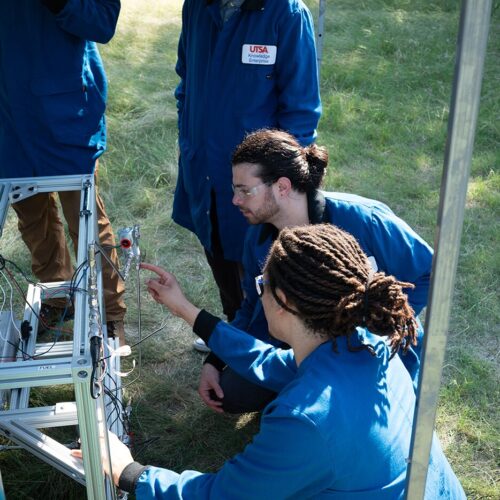
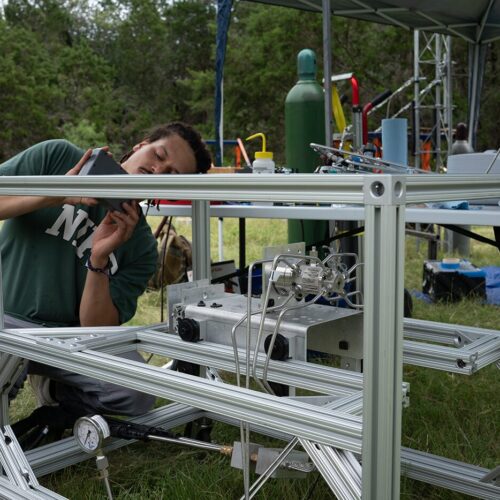
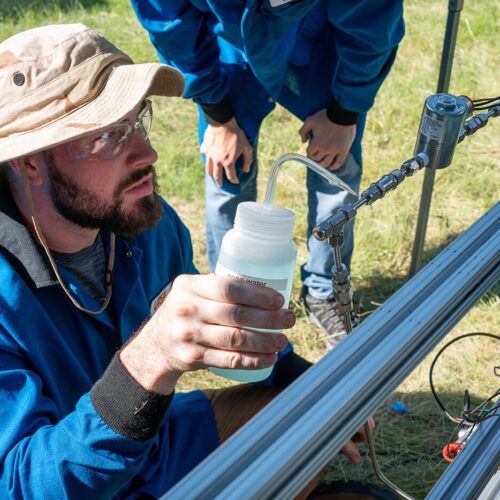
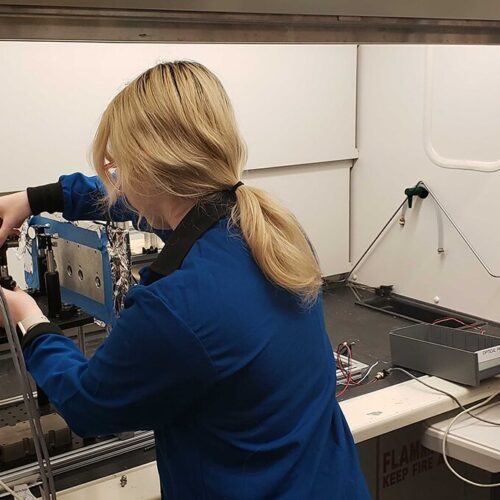
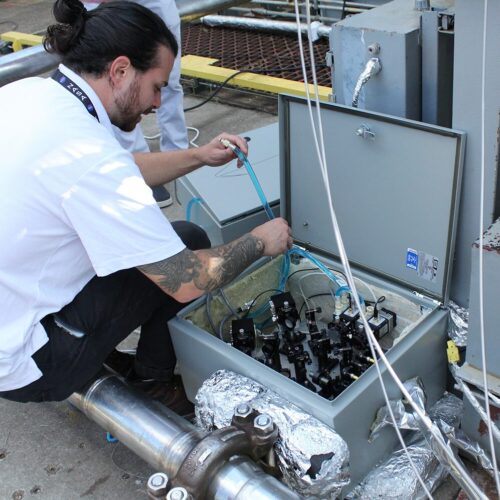
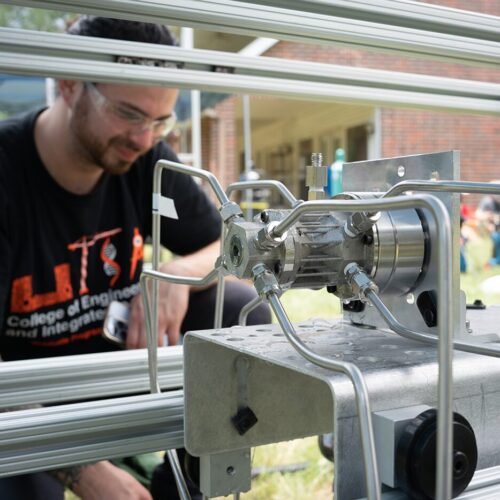
UTSA students work on a additively manufactured, 3D-printed rocket engine.
On one occasion, Toby was characterizing an orifice responsible for the propellant flow for engine efficiency. Typically, information about these components is readily available when purchased, but since the group made the parts themselves and were drilling together the orifices, they needed to gather the information on their own through component level testing.
What seemed at the time as a minor step toward a larger project ended up setting Toby apart at Relativity Space.
“Some months later, we actually had a similar problem here where we needed to better understand the characteristics of custom parts made in-house. I was selected to look into it because I already had prior experience,” he says.
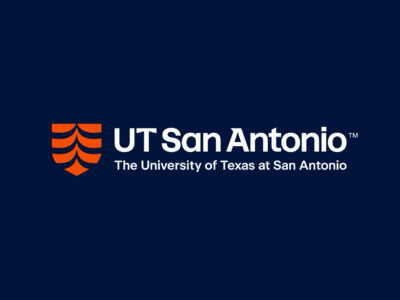
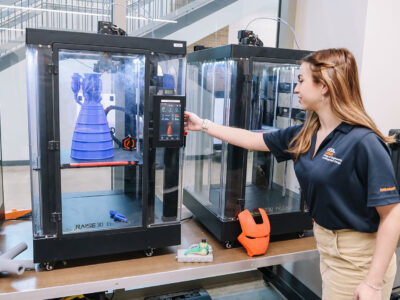
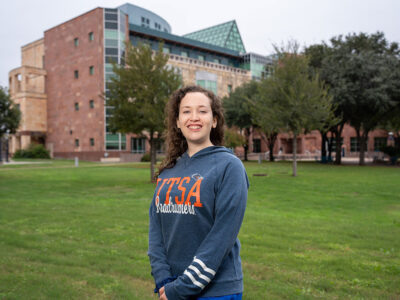
No comment yet, add your voice below!